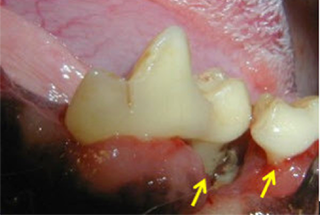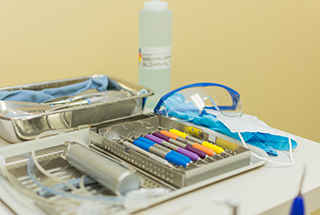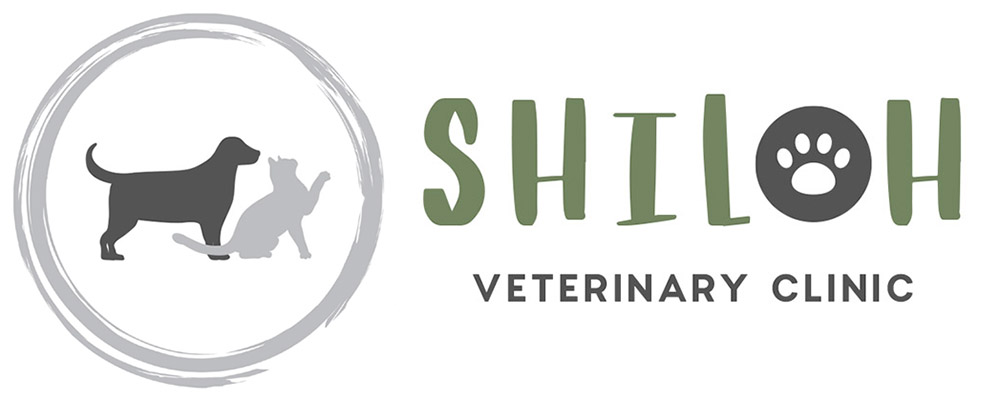
Dental
 The above photo is a dog with advanced periodontal disease causing gum recession and bone loss of his right lower first and second molars.
The above photo is a dog with advanced periodontal disease causing gum recession and bone loss of his right lower first and second molars.
 We use instruments very similar to human dental practices to make sure each tooth is properly scaled and cleaned.
We use instruments very similar to human dental practices to make sure each tooth is properly scaled and cleaned.
Pet Periodontal Disease
Many people are surprised to hear that veterinary dentistry and oral surgery exists; they’ve simply never considered that pets need dental care or oral surgery. In many ways, the field is similar to human dentistry and oral surgery, but there are also some important differences.A pet’s mouth does important work; the most obvious job is picking up food, chewing, and swallowing. Other jobs that one might not think of as readily are defense, grooming, breathing and cooling. Performance or service animals may have to use their mouths to do very specific tasks like retrieving and apprehending.
These jobs may not be done well if the mouth is painful or doesn’t function properly. Further, this pain or dysfunction can go on to affect a pet’s overall well-being. Most people know how uncomfortable a toothache can be, and are quick to go to their dentist for relief. Our pets can’t tell us when something is wrong, but even if they could, they likely wouldn’t , since animals tend to hide that something is wrong to the best of their ability. This is why a proactive approach to a pet’s oral care needs is warranted.
An annual visit for a veterinary dental cleaning is an important part of your pet’s oral health care program. Annual dental procedures under general anesthesia allow your veterinarian to visually examine each tooth and use a dental probe around each tooth. When you do this regularly, your pet’s mouth is evaluated, thoroughly cleaned and any bacteria or beginnings of periodontal disease can be addressed immediately before it causes extensive and expensive damage. As is the case for any surgical procedure, preliminary blood work is done to allow us to determine if there are any underlying issues that may interfere with anesthesia, followed by the administration of an individualized anesthetic protocol. We are fully equipped to scale, polish, and perform extractions. Your pet's vital signs are monitored throughout any procedure and pain is managed via a pre-surgical sedation followed by post-surgical medication. Your pet will thank you with a clean and healthy mouth!
